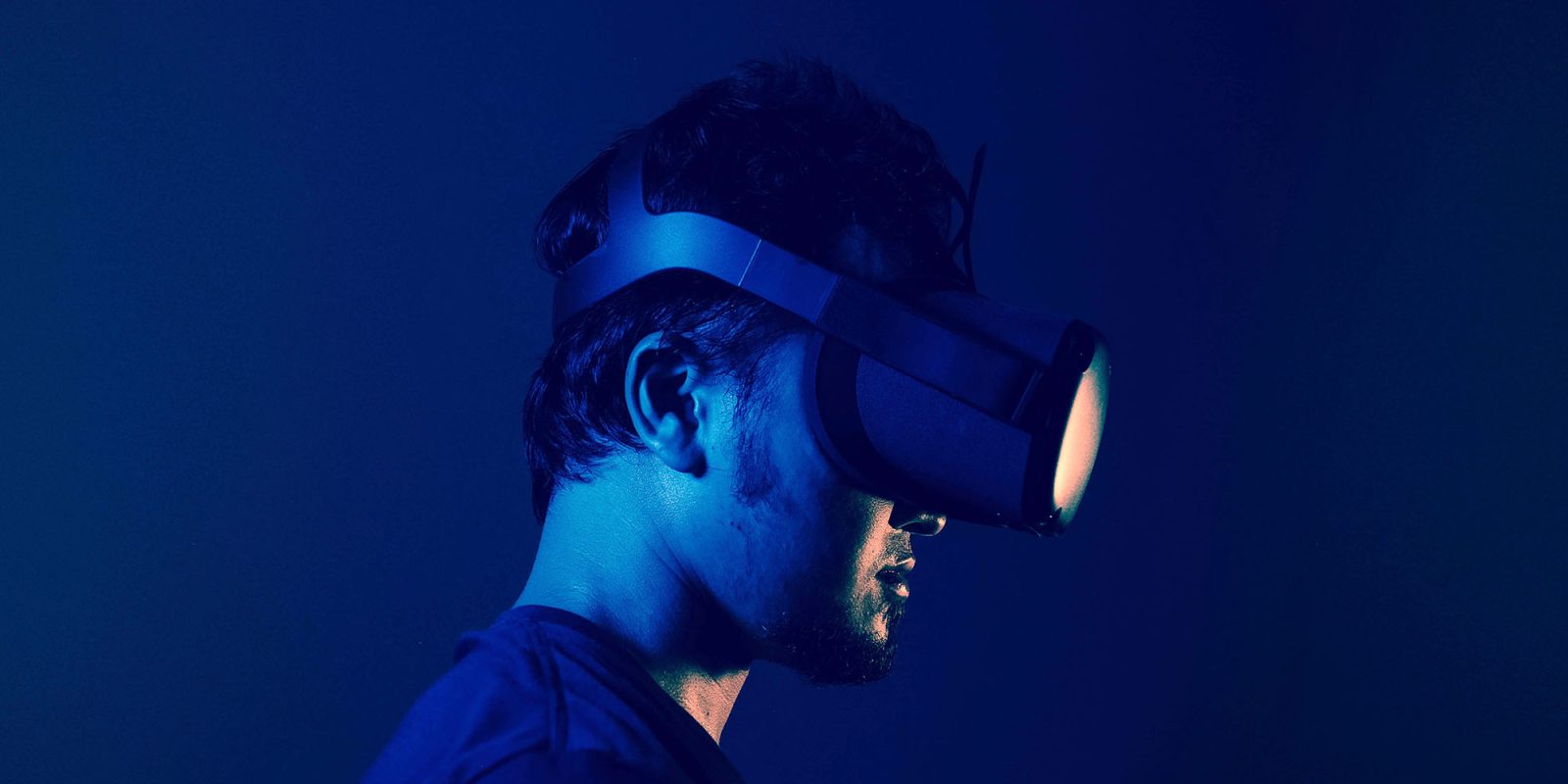
A new Qualcomm spatial computing chip has been announced, intended to allow companies to create their own Vision Pro competitors.
Five companies will be using the new chip, as they work on mixed reality headsets designed to go, uh, head-to-head with Apple’s spatial computer – and the first of these is set to be revealed on Monday, January 8 …
Vision Pro competitors to use new Qualcomm chip
We’ve known for almost a year that Qualcomm was partnering with Samsung and Google in the development of an extended reality (XR) alliance of some kind, though details were sparse at the time.
Qualcomm yesterday unveiled the chip which will power Vision Pro competitors, the Snapdragon XR2+ Gen 2.
Qualcomm Technologies, Inc. today announced two new spatial computing platforms – Snapdragon XR2 Gen 2 and Snapdragon AR1 Gen 1 – that will enable the next generation of mixed reality (MR), virtual reality (VR) devices and smart glasses […]
Engineered to deliver a lag free experience with breathtaking visuals and fully immersive sound, the platform allows users to blend virtual content with their physical surroundings and transition seamlessly between MR and VR experiences.
Company takes dig at Apple
In what was likely intended as a dig at Apple – whose Vision Pro headset uses an external battery pack – Qualcomm said that this wouldn’t be required for devices built around its chip.
The platform brings premium MR and VR technology into a single chip architecture to unlock next level immersive experiences in thinner and more comfortable headsets, that don’t require an external battery pack.
The reality here is that the M2 chip powering Vision Pro is itself an extremely power-efficient chip, and Apple has made a deliberate choice to keep the battery out of the headset in order to increase comfort. It’s likely that the XR2+ Gen 2 will at best match the M2’s power efficiency.
Five brands working on VP competitors, one unknown
VentureBeat reports on a press briefing, where Qualcomm said that five brands would be using the chip in their devices – though the chipmaker only named four of them.
Said Bakadir, senior director of product management at Qualcomm, said in a press briefing that five original equipment manufacturers (OEMs) are working on new devices based on Snapdragon XR2+ Gen 2. This includes Samsung, HTC Vive, Immersed and Play for Dream (formerly YVR).
It’s expected that the devices will be powered by a Google operating system.
First competing device will be announced on Monday
However, we won’t have to wait long at all to find out who the fifth brand is.
The fifth unnamed customer will unveil a product on January 8.
That could potentially mean that device coming to market ahead of Vision Pro, which is expected to go on sale toward the end of this month at the earliest. However, ‘unveil’ could simply mean that the company is announcing a product which will go on sale a considerable time later, exactly as Apple did.
9to5Mac’s Take
We’ll need to wait and see how competing devices stack up against Vision Pro, and we won’t really know that until reviewers have had a chance to use both Apple and other headsets in real-life use.
Top comment by Atlas
As usual, products coming out in one year somehow put Apple products coming out now in grave danger.
However, given the high price point of Vision Pro, it seems more likely that competing devices will be pitched at a more affordable level – and that will make it tough to offer the same feature set and performance.
Apple’s other big advantage, of course, is the ecosystem. Anyone already deeply embedded in that is going to favor Vision Pro over competing devices, even if the specs and features were to prove equivalent.
Either way, the competition is good for everyone – both by offering a choice of devices at different price levels, and to encourage Apple to push hard on development of future headsets. While the Cupertino company will always aim to be at the premium end of the market, some realistic competition should also increase pressure for somewhat lower-cost versions of Apple’s spatial computer.
Photo by Minh Pham on Unsplash
FTC: We use income earning auto affiliate links. More.





Comments